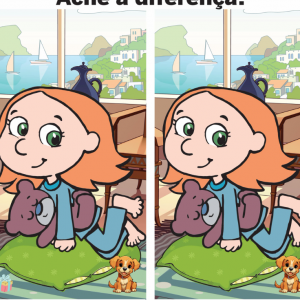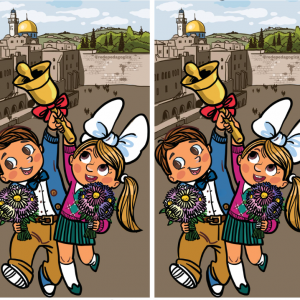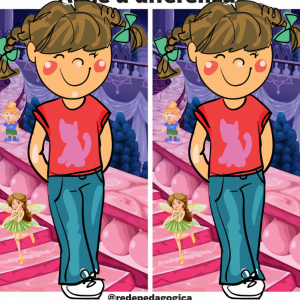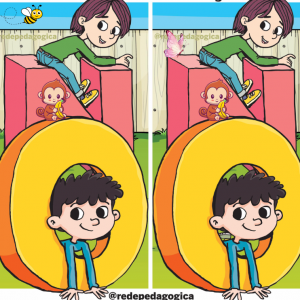Understanding the Power of Observation: How Children’s Curiosity Drives Their Learning
Curiosity is one of the most powerful tools for learning. It sparks the mind to ask questions and seek answers, leading to a deeper understanding of the world around us. Whether it’s observing the flickering of a candle or exploring a new concept, the act of noticing the small details plays a crucial role in a child’s cognitive and emotional development. The image of a young boy holding a lit candle perfectly demonstrates the importance of observation and how curiosity drives learning. Let’s dive into how curiosity, supported by observation, nurtures essential life skills in children, ultimately shaping their ability to understand, explore, and innovate.
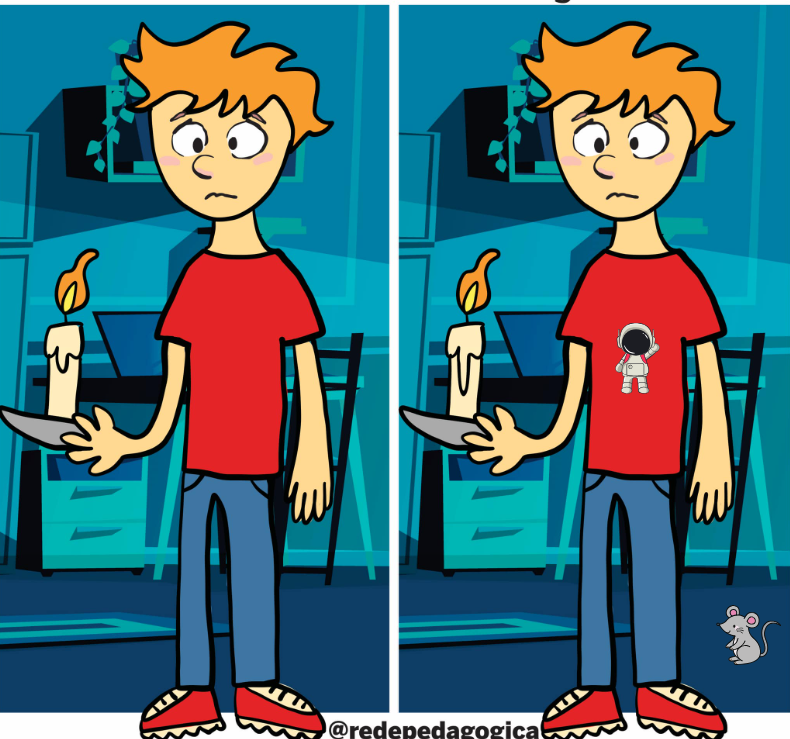
The Role of Observation in Developing Curiosity
In the image, the boy is focused intently on the flame of the candle, reflecting the fundamental role of observation in sparking curiosity. Observation is more than just seeing things—it’s about noticing, questioning, and connecting new knowledge to existing experiences. When children observe, they are actively engaging their senses, processing information, and beginning to make sense of the world.
Curiosity often begins with a simple observation, like the movement of the flame in the candle. Children who are encouraged to ask “why?” or “how?” during moments like these develop a thirst for knowledge. For instance, why does the flame flicker? What causes it to burn? These questions lead to exploration and deeper understanding, which is the foundation of scientific thinking.
Curiosity as the Gateway to Learning and Discovery
Children are naturally curious, and when that curiosity is nurtured, it transforms into a desire for discovery. In the image, the boy’s focus on the candle suggests a moment of personal discovery. As children engage with their environment, they begin to make connections between what they see, hear, and experience.
Curiosity empowers children to explore different concepts, whether it’s the physical world or abstract ideas. By asking questions and looking for answers, children start to form hypotheses and experiment with their ideas, much like young scientists. This kind of discovery-driven learning encourages them to develop problem-solving skills that will serve them throughout life.

The Science of Observation: Building Cognitive Skills
One of the most significant benefits of observation is its impact on cognitive development. When children observe something, whether it’s a flame, a bird, or a bug, they are engaged in a process that strengthens their ability to concentrate, reason, and analyze. These skills are essential for academic achievement and personal growth.
In the image, the boy’s careful attention to the candle is an example of how observation sharpens focus. By taking the time to study the flame, children strengthen their ability to observe other things in detail, from the behavior of animals to the patterns of the stars in the sky. Observation is the first step in making sense of complex concepts, helping children build the critical thinking skills necessary for academic success.
Encouraging Independent Thought Through Observation
As children engage with the world around them, they develop the ability to think independently. Observation plays a central role in this process. When children are encouraged to observe their surroundings, they begin to notice things that others might overlook. This helps them form their own opinions and perspectives, promoting independence in their thinking.
In the image, the boy’s moment of curiosity about the candle is a perfect metaphor for the independent thought that observation encourages. Rather than just accepting what he sees, he is actively thinking about it. This process of questioning, considering, and hypothesizing encourages children to think for themselves, fostering a sense of self-confidence in their intellectual abilities.

Observation Fosters Emotional Development
Curiosity and observation don’t only affect cognitive development—they also play a key role in emotional growth. When children make observations, they often encounter new feelings, whether it’s excitement at discovering something new or frustration when something doesn’t make sense. These emotional responses are an important part of the learning process.
In the image, the boy’s serious expression suggests that he is both curious and focused, an indication of how observation can trigger emotional responses such as intrigue, curiosity, or even awe. By supporting these emotional responses, adults can help children navigate their feelings and use them as motivation to learn more. This emotional engagement with the world fosters resilience, patience, and persistence—skills that will help children throughout their lives.
Enhancing Social Skills Through Shared Curiosity
Curiosity and observation also strengthen social connections. When children share what they’ve observed with others—whether it’s pointing out the flicker of a candle or describing a bird they saw—they engage in communication and collaboration. These social interactions allow children to practice essential skills such as listening, speaking, and empathizing.
In the image, the boy might be excited to share his newfound curiosity about the candle with friends or family. This sharing of ideas not only deepens their own understanding but also encourages the exchange of knowledge. Curiosity is contagious—by discussing what they observe, children learn how to articulate their thoughts and listen to the ideas of others, enhancing their communication and teamwork skills.

Curiosity Leads to Problem Solving and Innovation
One of the most exciting outcomes of curiosity-driven observation is its potential to spark problem-solving and innovation. When children are curious about something, they often want to find out how it works or why it happens. This drive leads them to seek out solutions and create new ideas. Whether through formal scientific inquiry or informal play, children learn that they have the power to solve problems and think creatively.
In the image, the boy’s fascination with the candle could inspire him to learn about fire safety, the science behind flames, or even how to create his own experiments. This natural curiosity fosters a mindset of innovation and discovery. Children who are encouraged to explore their questions and make new observations are more likely to develop the problem-solving skills necessary for success in school and life.
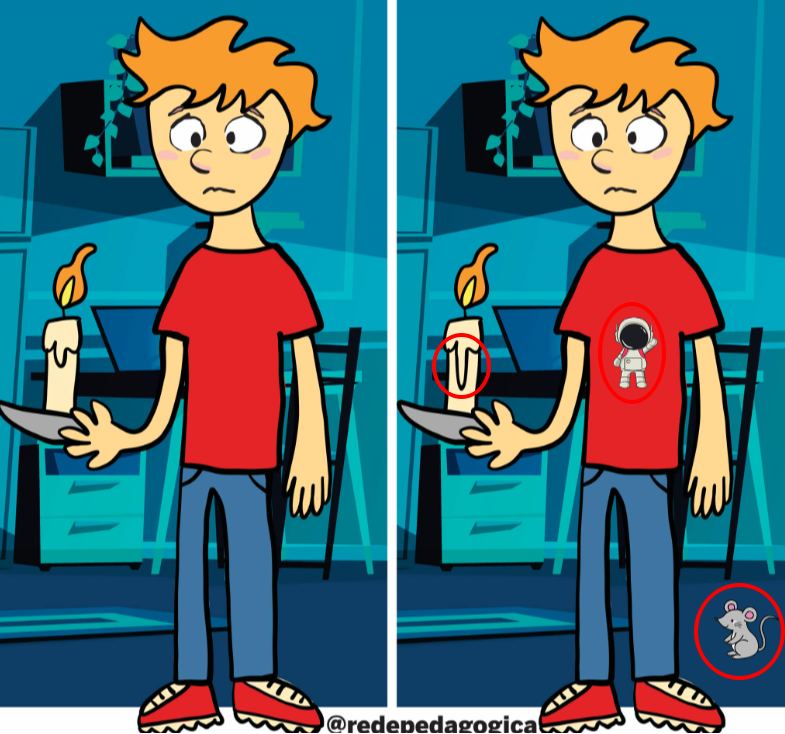
Conclusion: Nurturing a Lifelong Passion for Learning
The image of a child observing a candle flame is a perfect illustration of how curiosity and observation work together to ignite a passion for learning. As children make observations, they not only develop critical cognitive and emotional skills but also build the foundation for a lifelong love of learning. Through their observations, children learn to ask questions, think independently, and solve problems, skills that will help them succeed in the future.
As parents, educators, and caregivers, fostering curiosity is one of the most important things we can do to support children’s growth. Encouraging children to observe their surroundings, ask questions, and explore their ideas sets them on a path of discovery and learning that will last a lifetime. Whether it’s through studying the natural world, experimenting with new ideas, or discussing what they see, children’s curiosity is a powerful tool that will help them become lifelong learners and innovators.
